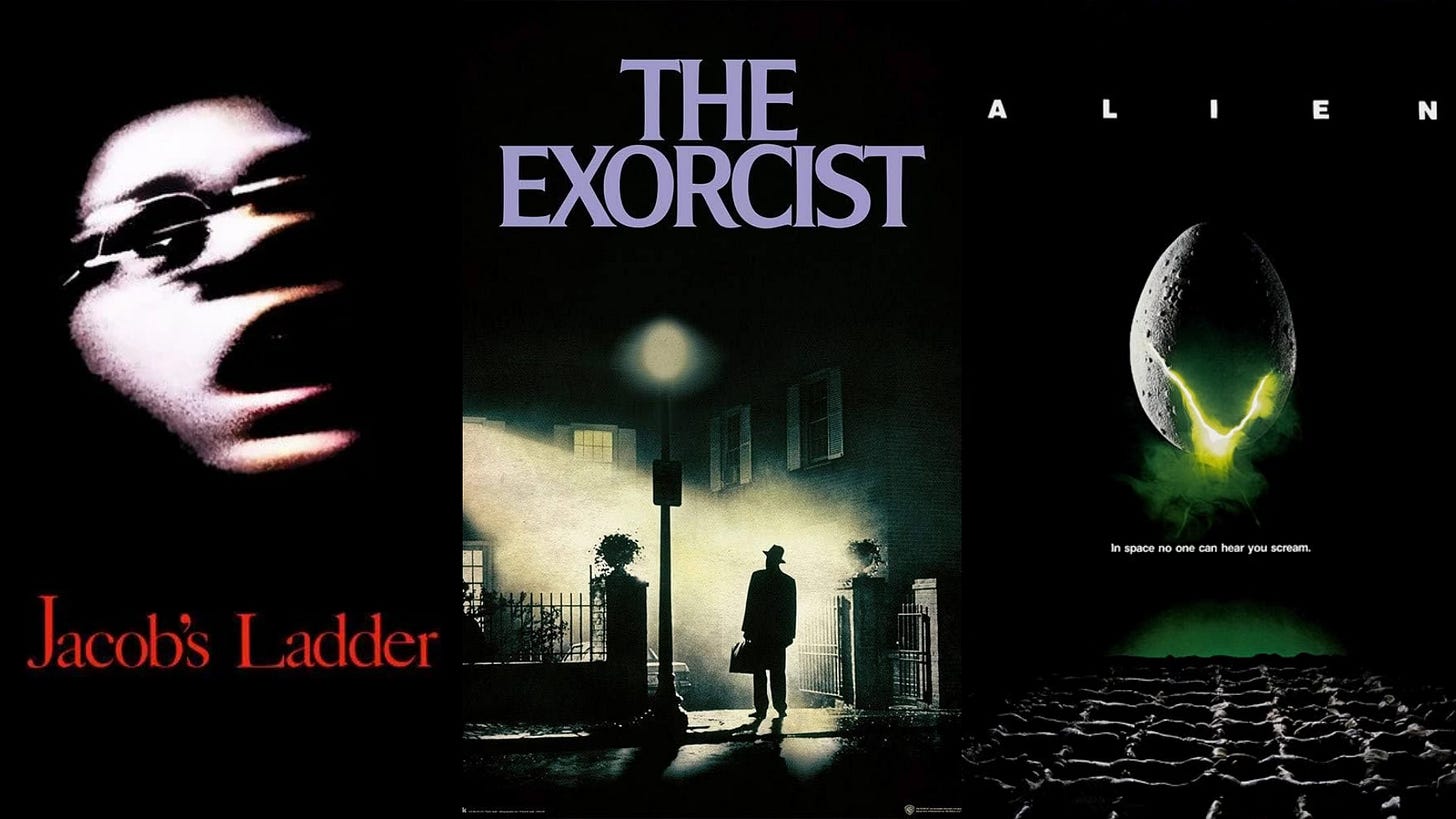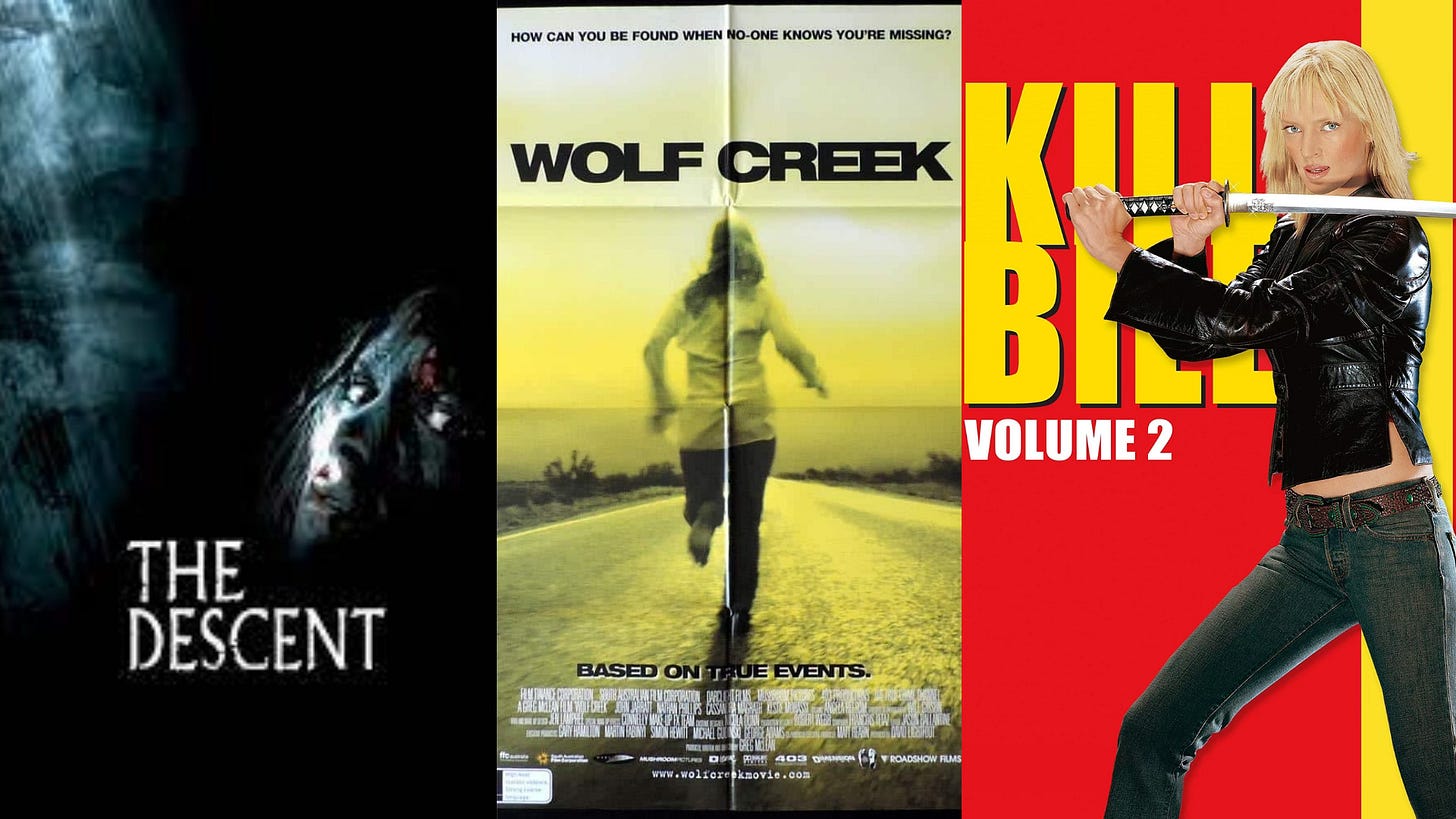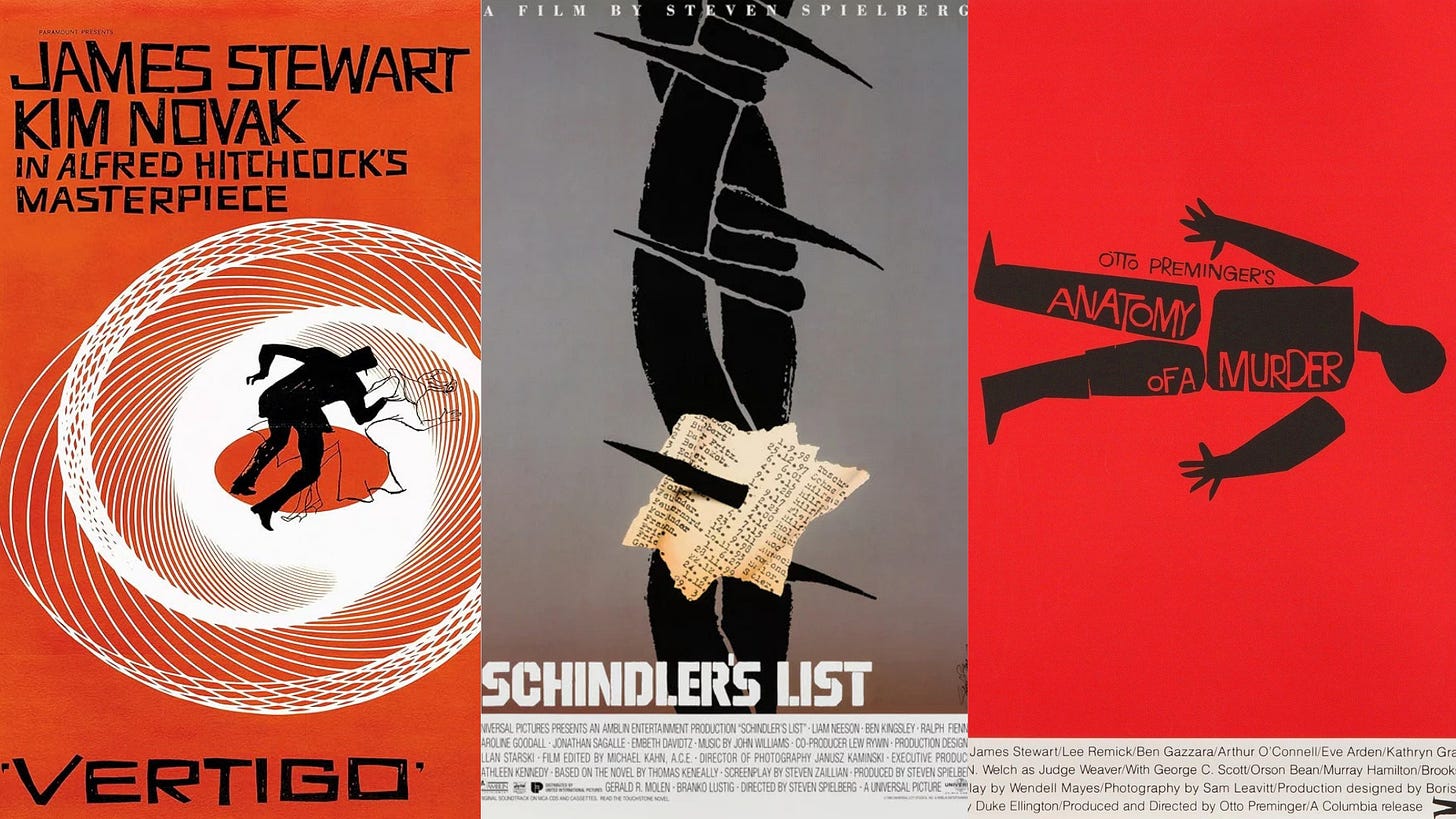Introducing Movie Posters That Make You Wonder
Why movie posters are sometimes more important than the film itself
Movie posters should serve multiple functions. The obvious being to market the film to attract audiences to pay to go see it, as after all, it is a product that people invest in with hopes to make a financial return. The marketing tools at disposable are usually highlighting the actors, directors, producers, and genre of the film. The graphic design should be aesthetically pleasing if you want people to pay attention to it. Beauty afterall is a powerful value that we take for granted in the modern era. But there is a function that is arguably the most important and perhaps overlooked, that is, to provoke the imagination of the spectator.
When visiting the local convenience store in the village I grew up in as a child, I’d browse the DVD rental collection they had, which felt like a miniature Blockbuster. It was rare that I picked up any for rental as my parents either didn’t have the money or I was attracted to titles that weren’t suitable for my age. Although, there were some exceptions such as Alien vs Predator (2004) and the films it originated from that my parents allowed me to watch at the age of maybe nine or ten. Despite not being able to rent the titles I was browsing, or at least having to wait for my parents to make the purchase, I had already formed a picture in my mind of what I wanted that movie to be. Having very limited access to watching films that interested me allowed my imagination to take hold, taking inspiration from what I saw on the DVD covers to create a story in my own head of what I hoped the film would be. There was great joy in observing all these titles in the store, imagining what was behind the artwork.
Did the ideal film I concocted up in my head match the reality of the work once I got round to watching it? Not exactly. However, some did certainly match the same level of quality of what I imagined such as The Descent, Wolf Creek, Kill Bill, and The Lord of The Rings trilogy. Yet there were others that didn’t meet that same level of quality, leading to severe disappointment when a film didn’t meet the potential contained in the poster. It became clear to me that sometimes a movie poster can be better than the film itself as the creativity of the spectators imagination can surpass the final vision executed by the artist.
Filmmakers don’t always succeed at implementing the vision they intended. This can be down to many factors including budget constraints, unavailability of certain actors or locations, and creative differences with their team. However, one way of salvaging that vision and presenting to your audience what you intended the film to be, is communicating that through the film poster. Their last chance to market what could have been with the hope that through the medium of graphic design, spectators can at least see the quality of the idea.
It’s important to note, however, that not all film posters possess the power of provoking the imagination of spectators, turning them into storytellers in their own minds. There are some movie posters that just hold the quality of being aesthetically pleasing. Saul Bass is commonly regarded as one of the best graphic designers in the realm of movie posters, however his signature minimalist designs hardly provide enough ingredients to get the mind to visualise a story. But that doesn’t mean it’s a bad poster. His designs for Vertigo (1958) and Anatomy of a Murder (1959) are considered among the best movie posters of all time.
When one thinks of what makes a good movie poster, it's probably common perception to conclude it's down to aesthetics. But for that young boy in his local convenience store that didn’t have the means to watch as many films as he wanted to, it’s all down to the cinematic potential festering within the artwork.
A brand new newsletter
Every week, subscribers to Aesthete Reviews will receive a new post in their inbox, focusing on a particular movie poster each week which possesses the power of inspiring the spectator to wonder.
Free subscribers will get the rundown on how the featured poster grasps the imagination.
Paid subscribers will also get analysis on whether the film matches the same quality of the artwork.
Please consider choosing a paid subscription to support my work, only if you can. You’ll also be invited to join in on the conversation by sharing in the comments how the posters affect your imagination, or to suggest which others out there provoke your own mind to wonder.




